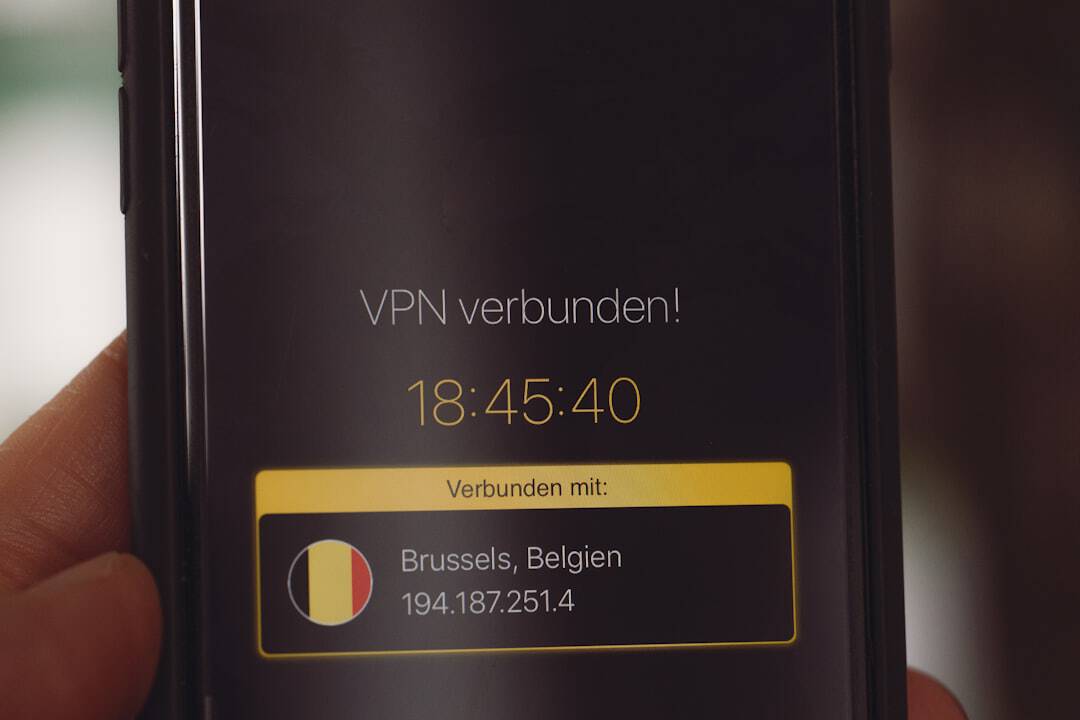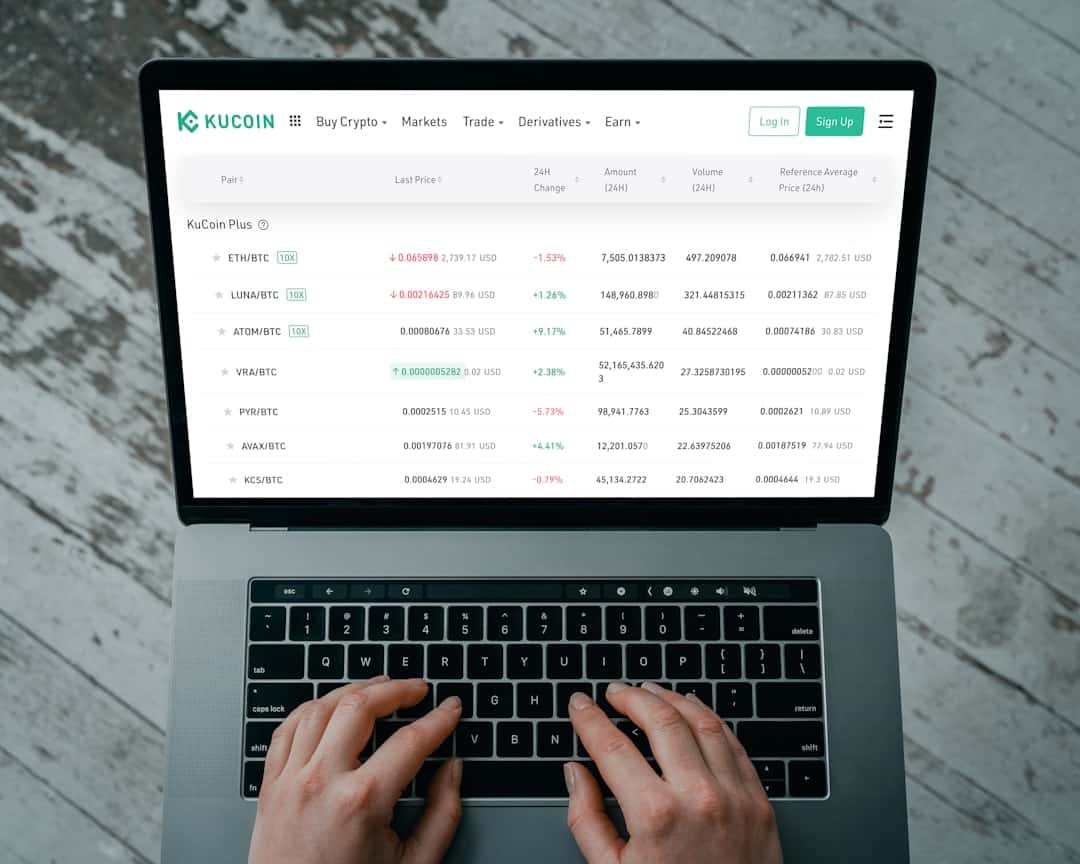Zero Trust Network Access (ZTNA) is a security framework that eliminates implicit trust within an organization’s network. Unlike traditional network security models that assume internal network elements are trustworthy, ZTNA operates on the principle of “never trust, always verify.” This approach requires continuous authentication and authorization for all users and devices attempting to access network resources, regardless of their location or connection type. ZTNA solutions are designed to provide secure access to applications and data in modern, distributed work environments.
They accommodate remote workers and the increasing use of various devices to access corporate resources. By implementing ZTNA, organizations can maintain network security in the face of evolving cyber threats and a geographically dispersed workforce. These solutions employ multiple technologies to create a secure access environment, including:
1.
Micro-segmentation: Dividing the network into smaller, isolated segments to limit lateral movement of potential threats. 2. Encryption: Protecting data in transit and at rest.
3. Multi-factor authentication: Requiring multiple forms of verification to confirm user identity. 4.
Least privilege access: Granting users only the minimum permissions necessary to perform their tasks. 5. Continuous monitoring and verification: Constantly assessing user and device behavior for potential security risks.
ZTNA provides a more adaptive and robust security posture compared to traditional perimeter-based security models, making it better suited for today’s dynamic and complex IT environments.
Key Takeaways
- Zero Trust Network Access (ZTNA) solutions focus on verifying identity and device security before granting access to resources, regardless of location.
- Implementing ZTNA solutions can lead to improved security, reduced attack surface, and better visibility and control over network access.
- Key features of ZTNA solutions include identity-based access, micro-segmentation, continuous monitoring, and adaptive risk assessment.
- ZTNA solutions enhance security for remote access by providing secure, direct access to specific applications and resources without exposing the entire network.
- Best practices for implementing ZTNA solutions include conducting thorough risk assessments, defining access policies, and regularly updating security measures.
The Benefits of Implementing ZTNA Solutions for Secure Access
Enhanced Security Posture
By adopting a zero trust approach, organizations can significantly reduce the risk of unauthorized access to their network and resources. This is particularly important in today’s threat landscape, where cyber attacks are becoming increasingly sophisticated and targeted. ZTNA solutions provide a robust defense against these threats by ensuring that every user and device is thoroughly authenticated and authorized before being granted access.
Improved Flexibility and Scalability
Traditional network security models often struggle to accommodate the needs of a modern, distributed workforce. However, ZTNA solutions are designed to provide secure access to applications and resources from any location and on any device. This means that employees can work from anywhere, without compromising security or productivity.
Future-Proofing Network Security
Additionally, ZTNA solutions can easily scale to accommodate the changing needs of an organization, whether it’s due to growth, restructuring, or other factors. This flexibility and scalability make ZTNA solutions an ideal choice for organizations looking to future-proof their network security.
Key Features and Components of ZTNA Solutions

ZTNA solutions are built on a variety of key features and components that work together to create a secure access environment. One of the central components of ZTNA solutions is the concept of micro-segmentation. This involves dividing the network into smaller segments or zones, each with its own set of security controls.
By implementing micro-segmentation, organizations can limit the lateral movement of threats within their network, as well as reduce the attack surface for potential intruders. Another key feature of ZTNA solutions is multi-factor authentication (MFA). MFA requires users to provide more than one form of verification before being granted access to the network.
This could include something they know (such as a password), something they have (such as a mobile device), or something they are (such as a fingerprint). By implementing MFA, organizations can significantly enhance the security of their network, as it becomes much more difficult for unauthorized users to gain access. Encryption is also a critical component of ZTNA solutions.
By encrypting data both at rest and in transit, organizations can ensure that their sensitive information remains secure, even if it falls into the wrong hands. Additionally, ZTNA solutions often include advanced threat detection and response capabilities, which can help organizations identify and mitigate potential security threats in real-time.
How ZTNA Solutions Enhance Security for Remote Access
| Metrics | Benefits |
|---|---|
| Reduced Attack Surface | By implementing ZTNA solutions, organizations can limit access to only authorized users and resources, reducing the attack surface for potential cyber threats. |
| Enhanced Authentication | ZTNA solutions offer multi-factor authentication and strong identity verification, enhancing the security of remote access compared to traditional VPNs. |
| Granular Access Control | Organizations can implement granular access control policies with ZTNA solutions, allowing them to define specific access privileges for different users and resources. |
| Improved Visibility | ZTNA solutions provide better visibility into remote access activities, allowing organizations to monitor and analyze user behavior for potential security risks. |
| Zero Trust Architecture | By following the zero trust model, ZTNA solutions ensure that all access attempts are continuously verified and authenticated, enhancing security for remote access. |
One of the key ways that ZTNA solutions enhance security is by providing secure access to applications and resources for remote workers. With the rise of remote work, organizations are increasingly faced with the challenge of securing their network against potential threats from outside the traditional perimeter. ZTNA solutions address this challenge by creating a secure access environment that is not dependent on physical location or network boundaries.
This means that employees can securely access corporate resources from anywhere, without compromising security. Additionally, ZTNA solutions provide granular control over user access. This means that organizations can implement policies that restrict access to specific applications or resources based on factors such as user role, device type, or location.
By implementing these policies, organizations can ensure that only authorized users have access to sensitive information, reducing the risk of unauthorized access or data breaches. Furthermore, ZTNA solutions offer visibility and control over network traffic. This allows organizations to monitor user activity in real-time and identify any potential security threats or anomalies.
By having this level of visibility and control, organizations can quickly respond to potential security incidents and mitigate any potential risks to their network.
Best Practices for Implementing ZTNA Solutions in an Organization
When implementing ZTNA solutions in an organization, there are several best practices that can help ensure a successful deployment. One best practice is to conduct a thorough assessment of the organization’s current network infrastructure and security posture. This assessment should include an inventory of all applications and resources that need to be accessed, as well as an evaluation of existing security controls and policies.
Another best practice is to define clear access policies and controls. Organizations should establish policies that dictate who has access to what resources, as well as under what conditions access is granted. These policies should be based on the principles of least privilege and continuous verification, ensuring that only authorized users have access to sensitive information.
Additionally, organizations should prioritize user education and awareness when implementing ZTNA solutions. Employees should be educated on the importance of secure access practices, such as using strong passwords, enabling multi-factor authentication, and being vigilant against potential phishing attacks. By prioritizing user education, organizations can help create a culture of security within their workforce.
Comparing ZTNA Solutions with Traditional VPNs for Secure Access

When comparing ZTNA solutions with traditional VPNs for secure access, there are several key differences to consider. One of the main differences is in the approach to security. Traditional VPNs typically operate on a trust-but-verify model, where once a user is authenticated into the network, they are given broad access privileges.
In contrast, ZTNA solutions operate on a zero trust model, where every user and device must be continuously verified before being granted access. Another difference is in the level of flexibility and scalability. Traditional VPNs often struggle to accommodate the needs of a modern, distributed workforce, particularly in terms of providing secure access from any location or device.
ZTNA solutions, on the other hand, are designed to provide secure access regardless of location or device, making them much more flexible and scalable. Furthermore, ZTNA solutions offer greater visibility and control over network traffic compared to traditional VPNs. This allows organizations to monitor user activity in real-time and identify potential security threats or anomalies.
Additionally, ZTNA solutions provide granular control over user access, allowing organizations to implement policies that restrict access to specific applications or resources based on factors such as user role or device type.
Future Trends and Developments in ZTNA Solutions for Secure Access
Looking ahead, there are several future trends and developments in ZTNA solutions that are likely to shape the landscape of secure access. One trend is the increasing adoption of cloud-based ZTNA solutions. As organizations continue to migrate their applications and resources to the cloud, there will be a growing need for secure access solutions that can accommodate these changes.
Cloud-based ZTNA solutions offer greater flexibility and scalability compared to traditional on-premises solutions, making them an attractive option for organizations looking to future-proof their network security. Another trend is the integration of artificial intelligence (AI) and machine learning (ML) into ZTNA solutions. AI and ML technologies can help organizations identify potential security threats in real-time by analyzing user behavior and network traffic patterns.
By leveraging these technologies, organizations can enhance their ability to detect and respond to potential security incidents quickly and effectively. Additionally, there is likely to be an increased focus on user experience in future ZTNA solutions. As remote work becomes more prevalent, organizations will need to prioritize providing a seamless and intuitive user experience for employees accessing corporate resources from various locations and devices.
Future ZTNA solutions are likely to focus on improving user experience while maintaining robust security controls. In conclusion, Zero Trust Network Access (ZTNA) solutions offer a modern approach to network security that is well-suited for today’s digital landscape. By adopting a zero trust model and leveraging key features such as micro-segmentation, multi-factor authentication, encryption, and advanced threat detection capabilities, organizations can significantly enhance their network security posture.
Furthermore, by prioritizing best practices such as conducting thorough assessments, defining clear access policies, prioritizing user education, and comparing ZTNA solutions with traditional VPNs for secure access, organizations can ensure a successful implementation of ZTNA solutions. Looking ahead, future trends such as cloud-based solutions, AI/ML integration, and improved user experience are likely to shape the development of ZTNA solutions for secure access in the years to come.
If you’re interested in learning more about the potential economic and social impacts of the metaverse, be sure to check out the article “Metaverse and the Real-World Economic and Social Impacts.” This article delves into the ways in which the metaverse could shape our future, and how businesses and individuals can prepare for the changes ahead. It’s a fascinating read that complements the discussion of Zero Trust Network Access (ZTNA) solutions in the context of the metaverse.
FAQs
What is a ZTNA solution?
A Zero Trust Network Access (ZTNA) solution is a security framework that requires strict identity verification for every person and device trying to access resources on a private network, regardless of whether they are inside or outside the network perimeter.
How does a ZTNA solution work?
ZTNA solutions use a variety of technologies, such as identity and access management (IAM), multi-factor authentication (MFA), and micro-segmentation, to authenticate and authorize users and devices before granting access to specific applications or resources.
What are the benefits of using a ZTNA solution?
Some of the benefits of using a ZTNA solution include improved security posture, reduced attack surface, better visibility and control over network access, and the ability to enforce least privilege access policies.
What are some key features of ZTNA solutions?
Key features of ZTNA solutions include user and device authentication, application-level access control, dynamic policy enforcement, continuous monitoring and risk assessment, and integration with existing security and networking infrastructure.
How does a ZTNA solution differ from traditional VPNs?
Unlike traditional VPNs, which typically provide broad network access once a user is authenticated, ZTNA solutions provide more granular and context-aware access control, allowing organizations to enforce least privilege access and reduce the risk of lateral movement by attackers.











Leave a Reply